Dive into the world of Stable Diffusion LoRA. Explore our blog for advice on maximizing efficiency and performance.
Key Highlights
LoRA models are like smaller versions of stable diffusion models that make tiny tweaks to existing checkpoint ones.
With their size being 10 to 100 times less than the big checkpoint models, they’re really handy for those who have lots of images.
These LoRA models strike a balance between how much space they take up and how powerful they are when it comes to training, which is pretty smart.
Novita AI, as an API platform, offers various LoRA models and LoRA training services through its API.
Introduction
Stable Diffusion LoRA models, or Low-Rank Adaptation, improve Stable Diffusion models for more efficient storage. This blog will explore how to maximize LoRA models’ performance and how to set them up, explaining their uniqueness and functionality. Also, discover the versatility of these models across various fields and learn about potential developments in their usage, including training instructions for SDXL LoRA models.
Understanding Stable Diffusion LoRA
Other original models like Dreambooth and textual inversion methods use an encoder to compress large images into smaller representations. But these models can still be big in file size and keep lots of them on high quality. Stable Diffusion LoRA provides a more efficient and user-friendly method for image style variations.
What Is Stable Diffusion LoRA
LoRA models employ fine-tuning algorithms and image style training to produce images in a particular style. The standout trait of LoRA is its compact size. They shrink things down 10 to 100 times compared with original checkpoint versions making them handy for anyone juggling an extensive collection with limited storage room.
How Does Stable Diffusion LoRA Work
LoRA, also known as Small Stable Diffusion models, make minor adjustments to conventional checkpoint models. They incorporate low-rank adaptation technology for quick fine-tuning of diffusion models.
Types of Stable Diffusion LoRA Models
LoRAs can be used to produce interesting styles of images. Here are several types of LoRA models.
- Character LoRA: Used to specify the character to be generated.
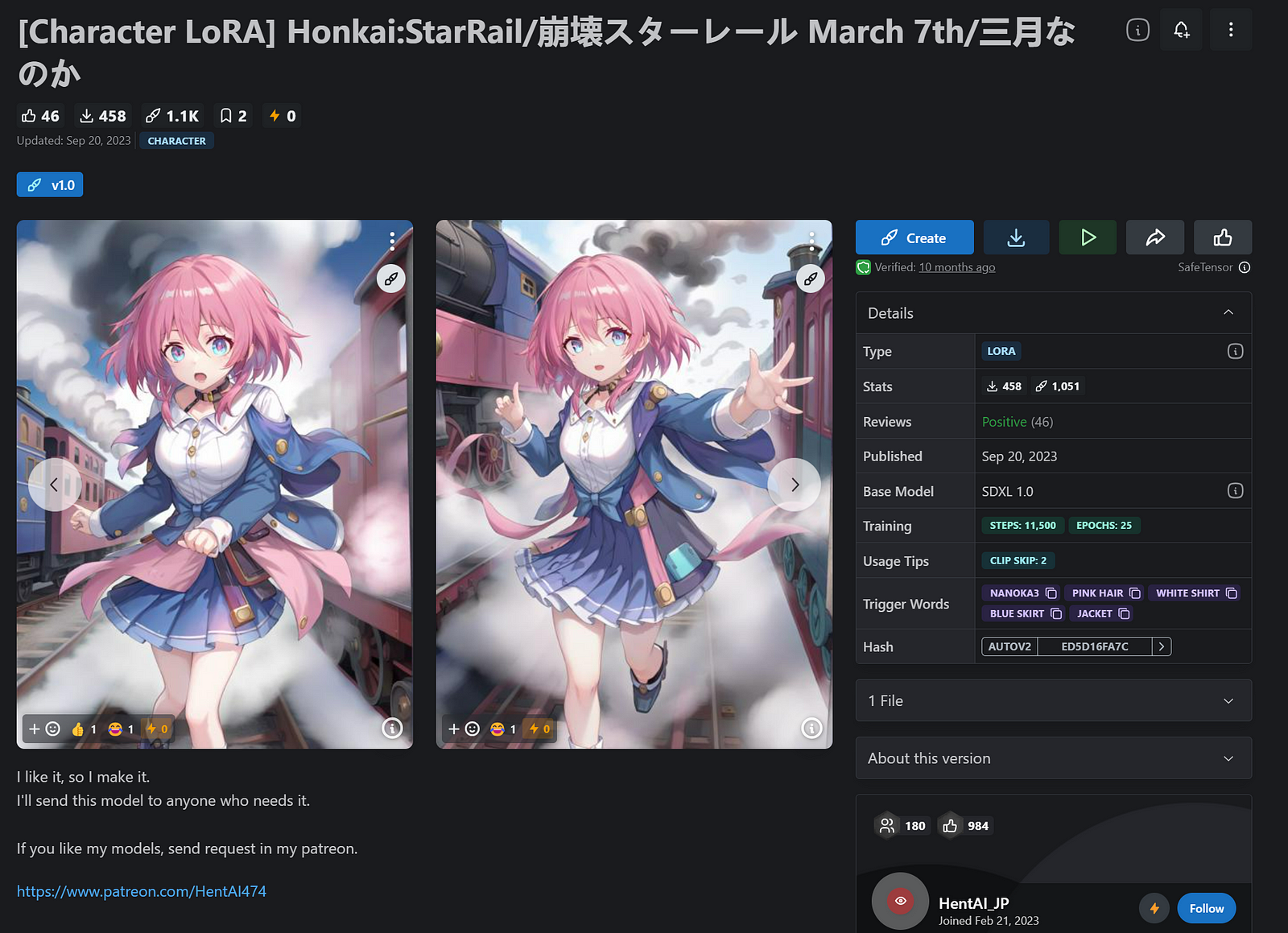
- Style LoRA: Allows you to apply an artistic style to images, which is very useful when you want to use the painting style of famous painters. For example, you can reflect on various themes you have in mind, such as anime.
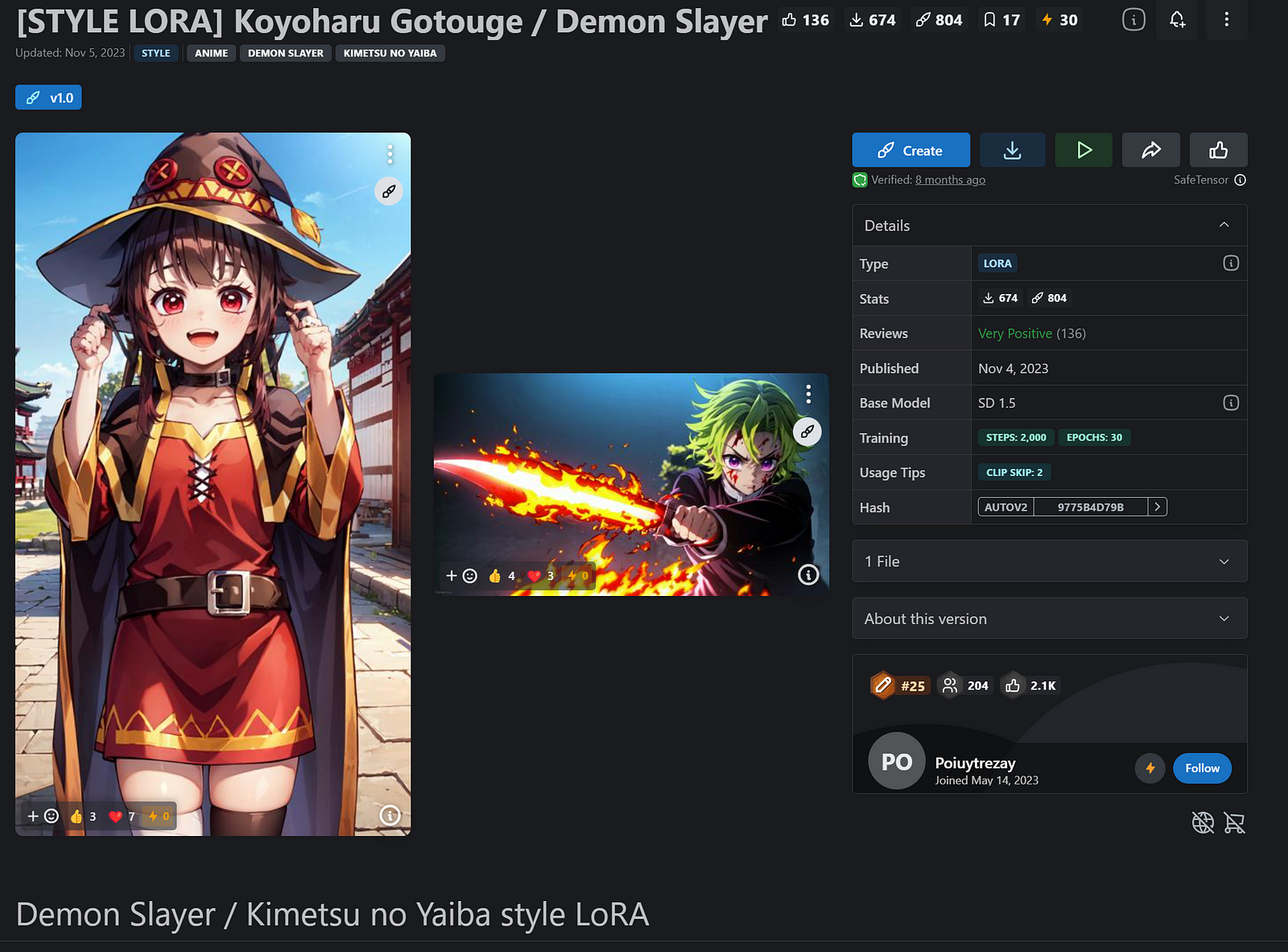
- Concept LoRA: Used when you want to reflect the concept or idea you want to generate in the image.

- LoRA Pose: Use this when you want to apply a specific pose to a character, for example, generating images with poses like “fingers” or “princess pose”.
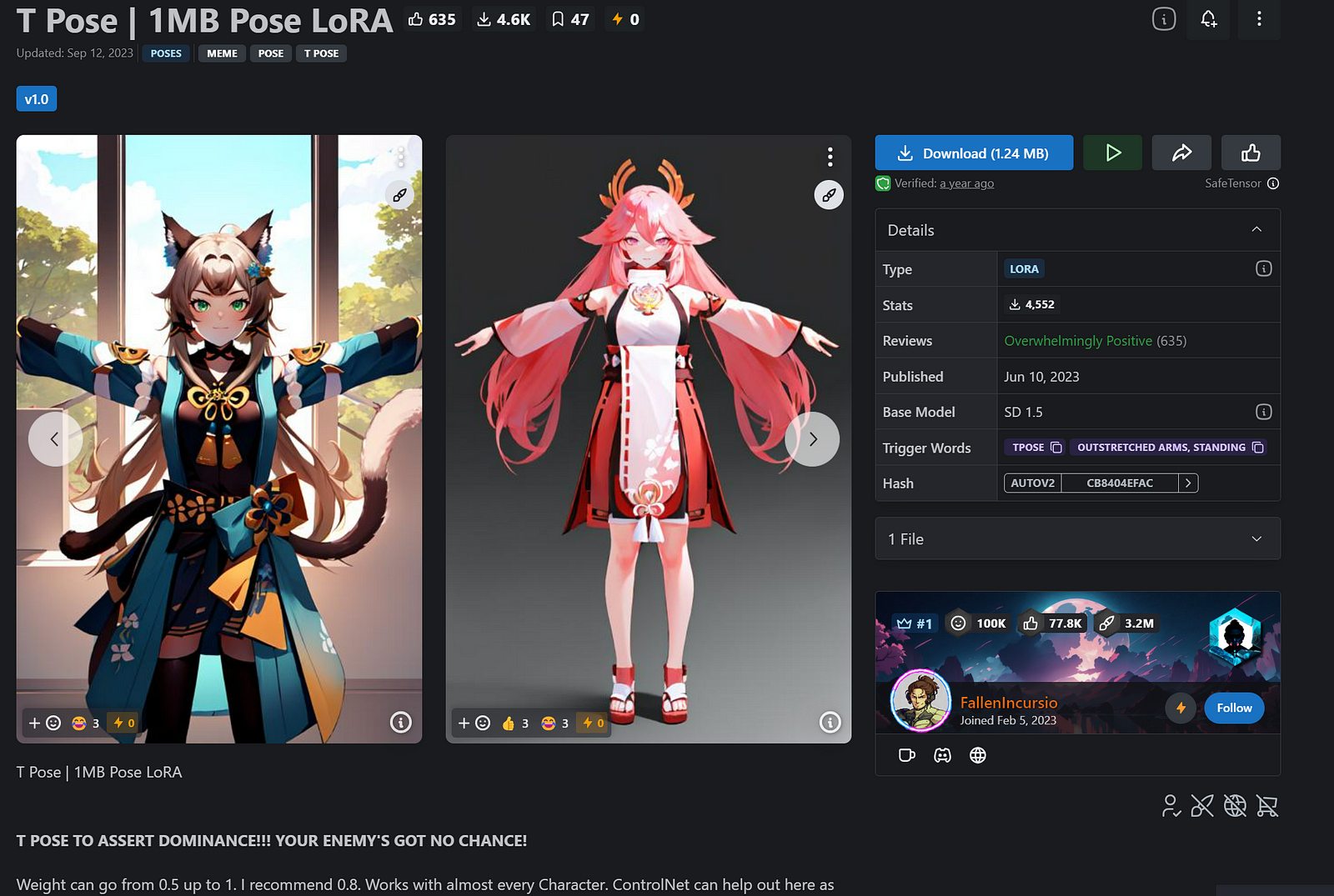
- LoRA Clothing: You can control various aspects of the character’s clothing, including garments and accessories, to match your look.
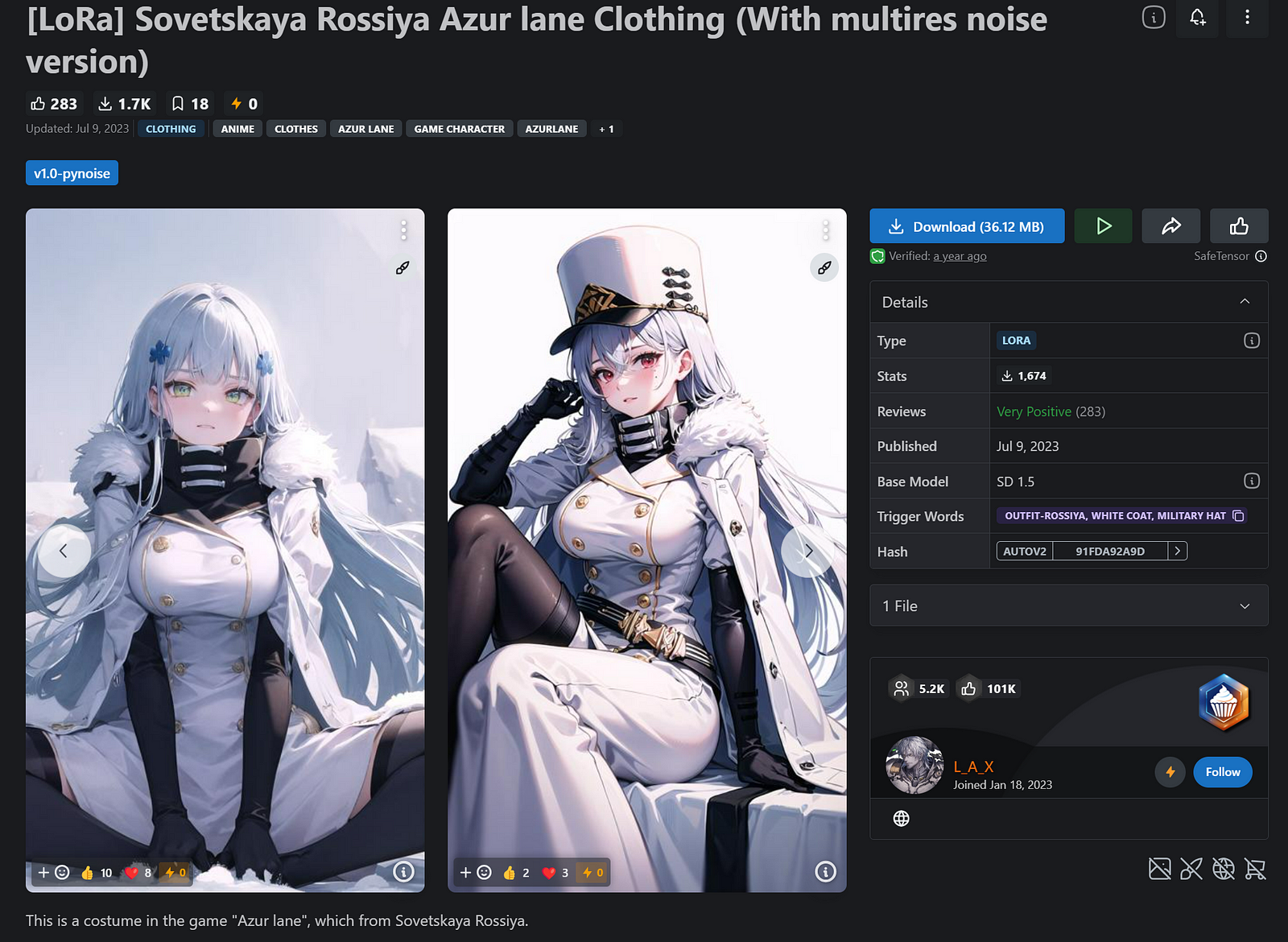
You can download these models on Civitai or search models on the Novita AI model list.
Key Features and Benefits of Using Stable Diffusion LoRA
LoRA is a powerful tool that allows for the customization of AI art models without occupying excessive local storage space. Let’s look at the key features and benefits of using stable diffusion LoRA.
Comparison between Stable Diffusion LoRA and Checkpoint
Typically, Stable Diffusion LoRA models are 10 to 100 times smaller than checkpoint models, making them highly appealing to individuals with large model collections.
A LoRA model requires collaboration with a model checkpoint file and cannot operate independently.
With LoRA, it is much easier to fine-tune a model on a custom dataset.
Benefits of Using Stable Diffusion LoRA
Easy to use: The Stable Diffusion LoRA models offer simplicity in usage. Just choose an image folder, train the model, and it’s ready for your projects.
Small size: The document file is small. So it is easy to share and download.
High Quality: The Stable Diffusion LoRA models deliver high-quality results. Due to the training with large amounts of data and sophisticated algorithms, the generated images are detailed and impressive.
Diverse styles: The Stable Diffusion LoRA models enable you to apply various styles to your images, including mimicking the artistic styles of renowned painters or famous animations. The LoRA Stable Diffusion models work well for different uses.
Flexible tuning: You can adjust the models to suit your specific needs, enhancing their performance and accuracy to achieve improved outcomes.
3 Best Platforms for Stable Diffusion LoRA
Civitai
Civita is a platform for sharing works and models generated using Stable Diffusion, allowing users to download publicly available data for training and customizing stable diffusion.
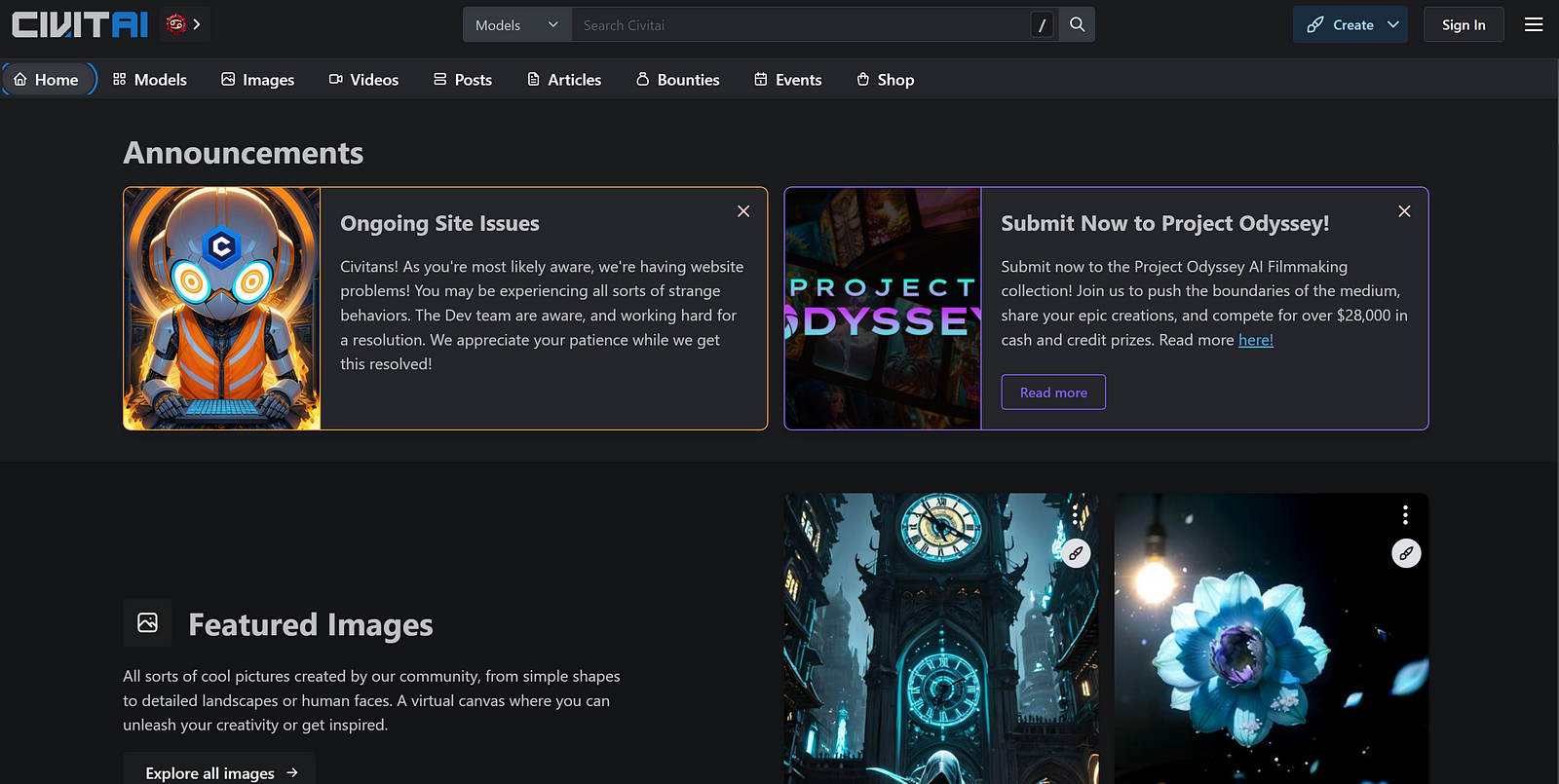
Features
Straight Process for Adaptation
Focus on Social Functions
Lots of Models
Hugging Face
Hugging Face is a service website similar to GitHub, focusing on artificial intelligence and machine learning. It is designed for engineers to share execution environments and improvement suggestions, as well as provide rich content related to Stable Diffusion.
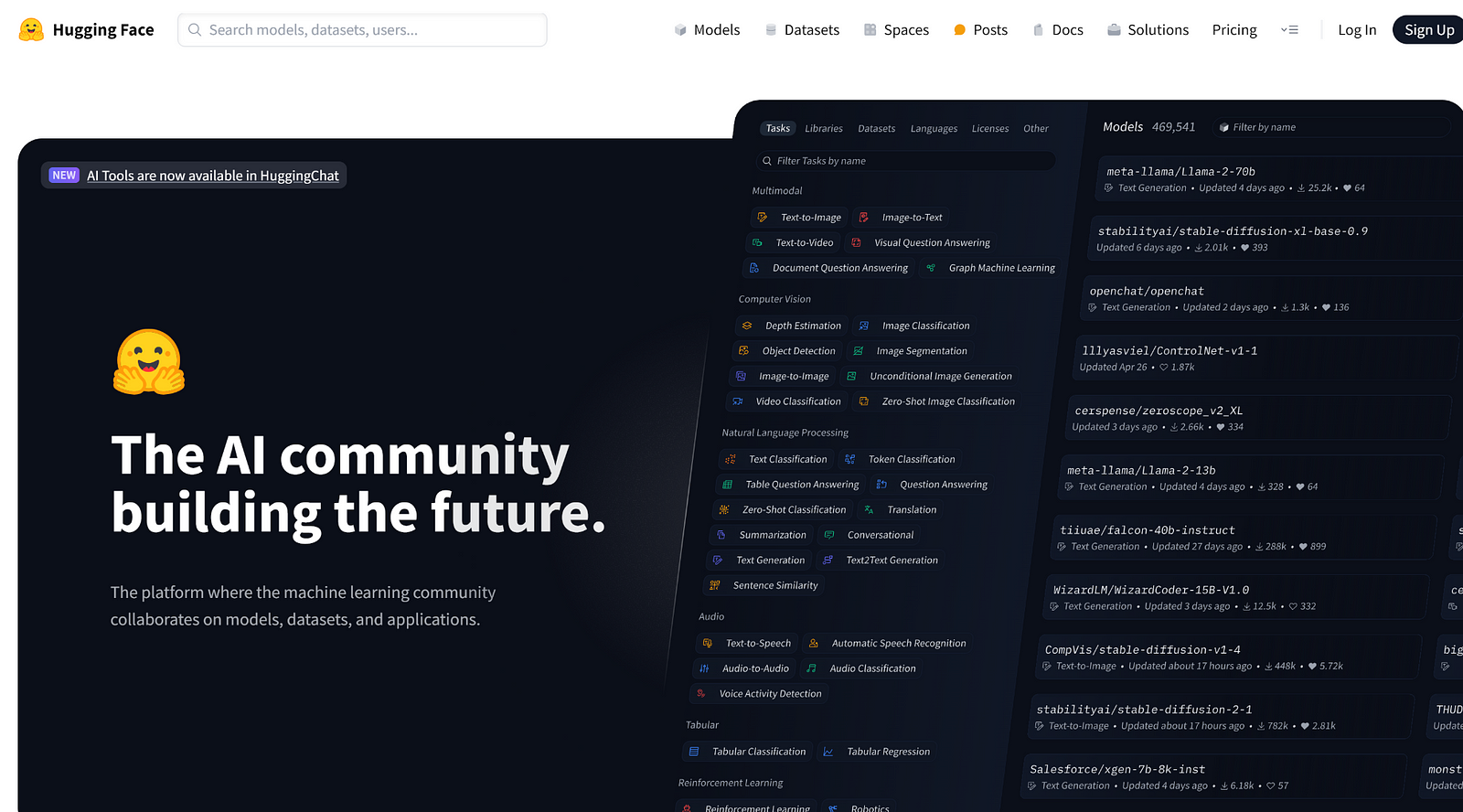
Features
Various LoRA Models
Clear Interface
Novita AI
Novita AI, an API platform possessing universal services of AI, provides an easy-to-use platform for developers to train specified LoRA stable diffusion models at scale. With Novita AI, you can harness the power of LoRA and other stable diffusion models on your unique data. Additionally, this platform does not require extra need for technical expertise, saving resources and time for developers.
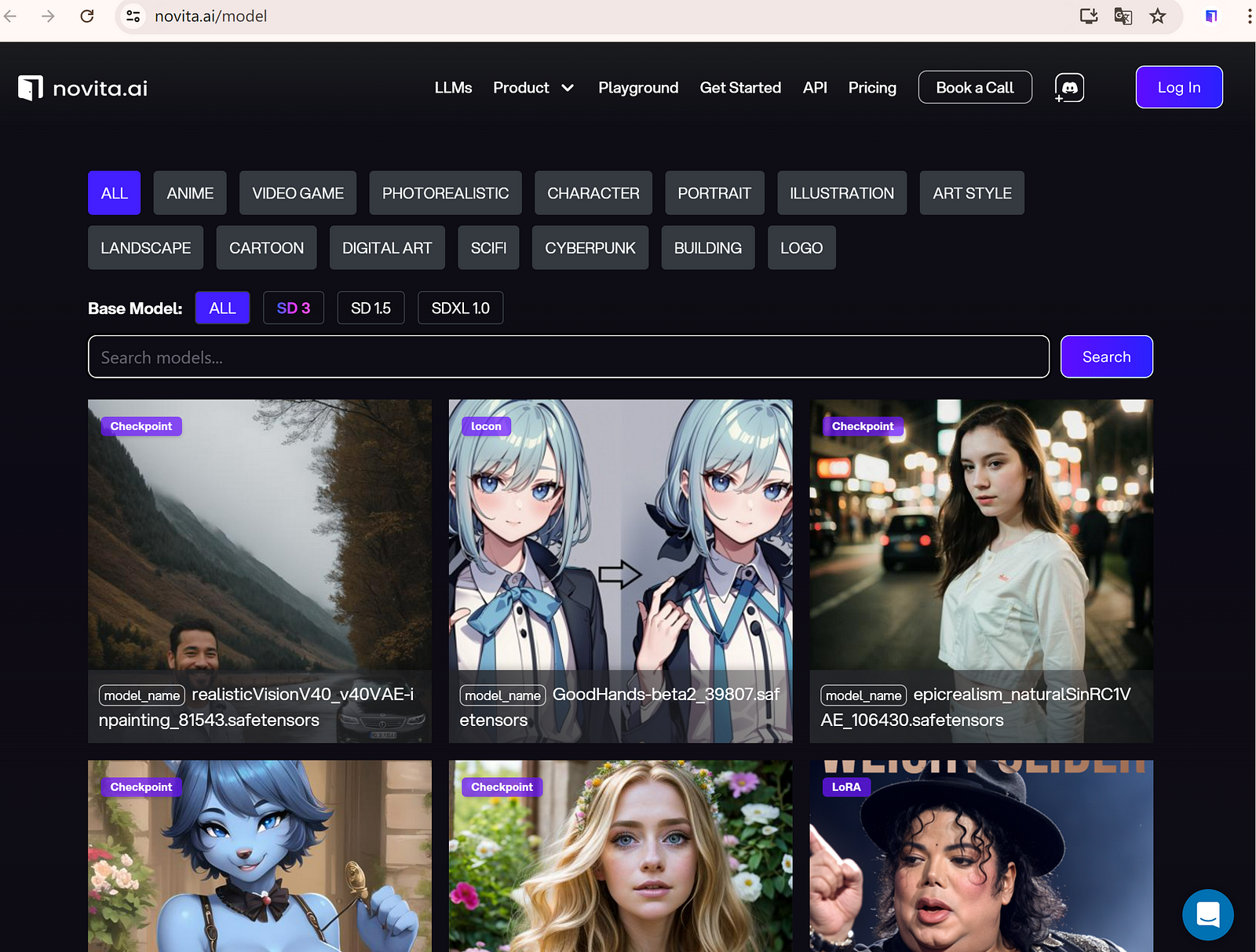
Features
Upload Your Own LoRA Models
Train One LoRA Model
No Need for Downloading Models and Employing
Various Models to Be Employed
How to Use Stable Diffusion LoRA Models
A guide on creating a LoRA model for Stable Diffusion includes various essential stages, from establishing your setup to the training and trying demos.
Step-by-Step Guide to Try Stable Diffusion LoRA Models
In this section, you will find instructions to use LoRA models with Novita AI.
Try it on the “playground”.
- Step 1: Create an account on Novita AI and sign up.
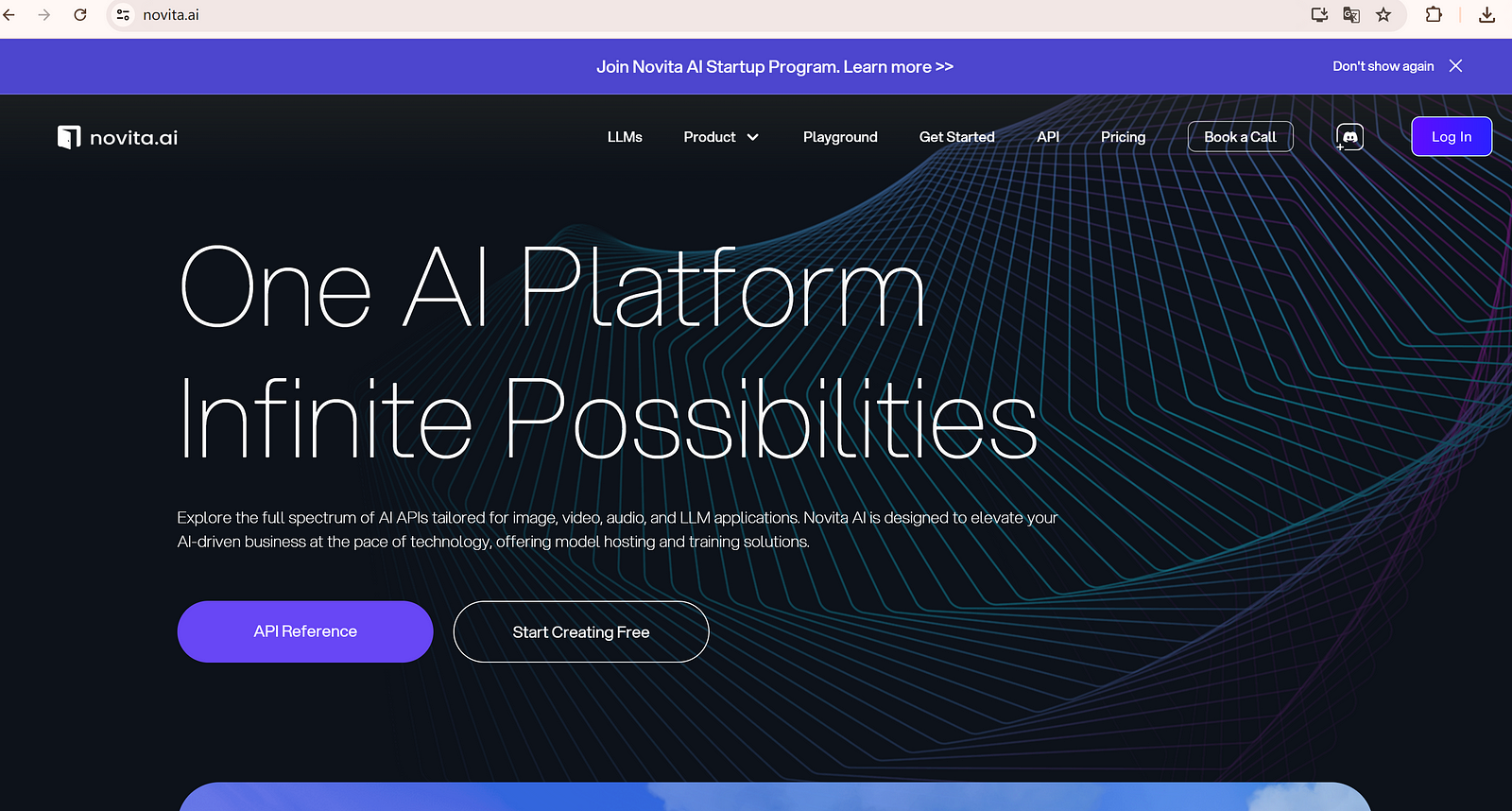
- Step 2: Navigate to “playground”. Select the LoRA models you want and adjust the parameters.
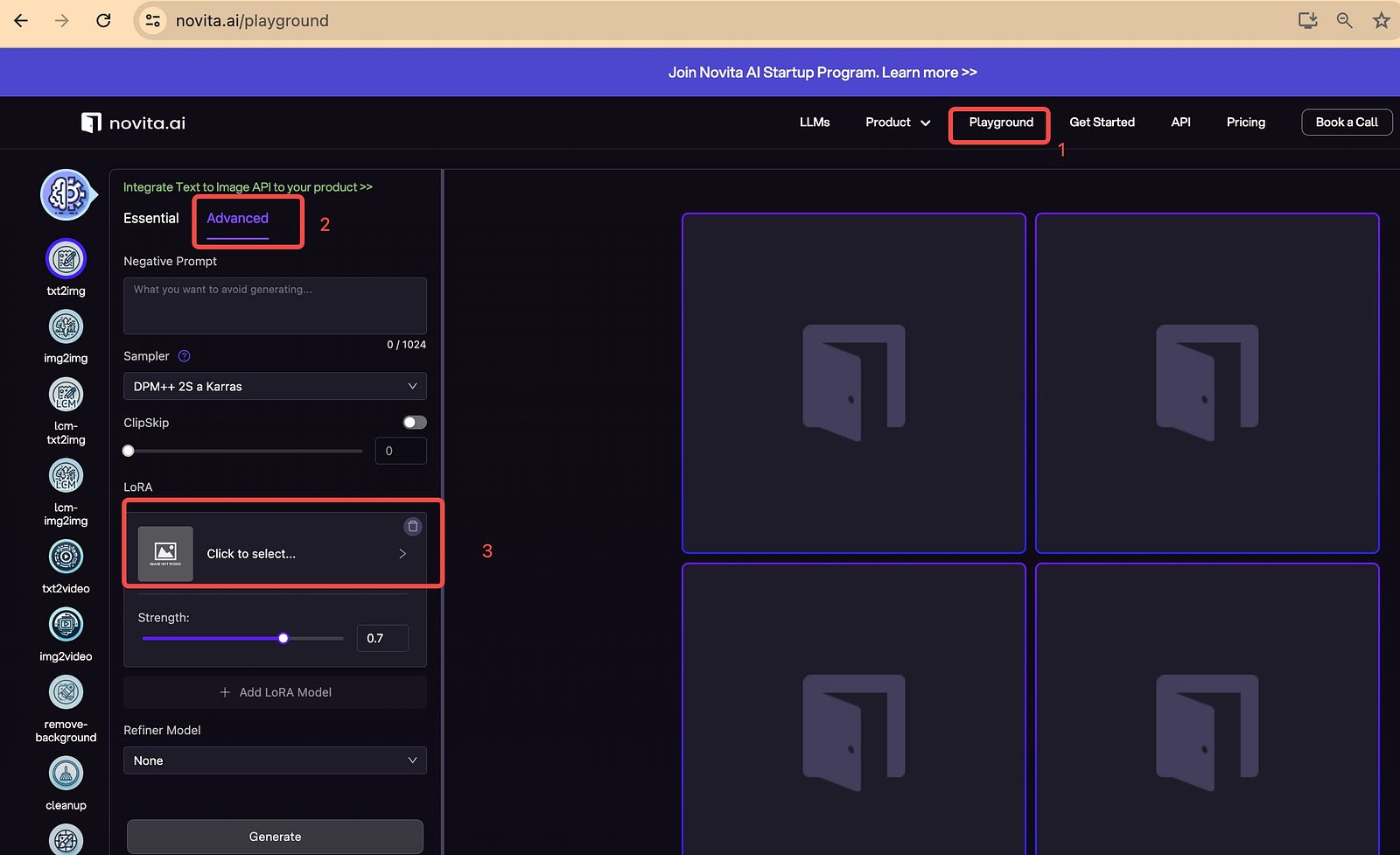
If there are no models you want, you can continue to take the following steps.
- Step 3: Browse the items under the “Product” tab. Click the “LoRA training” tab and finally navigate to “Try in colab”.
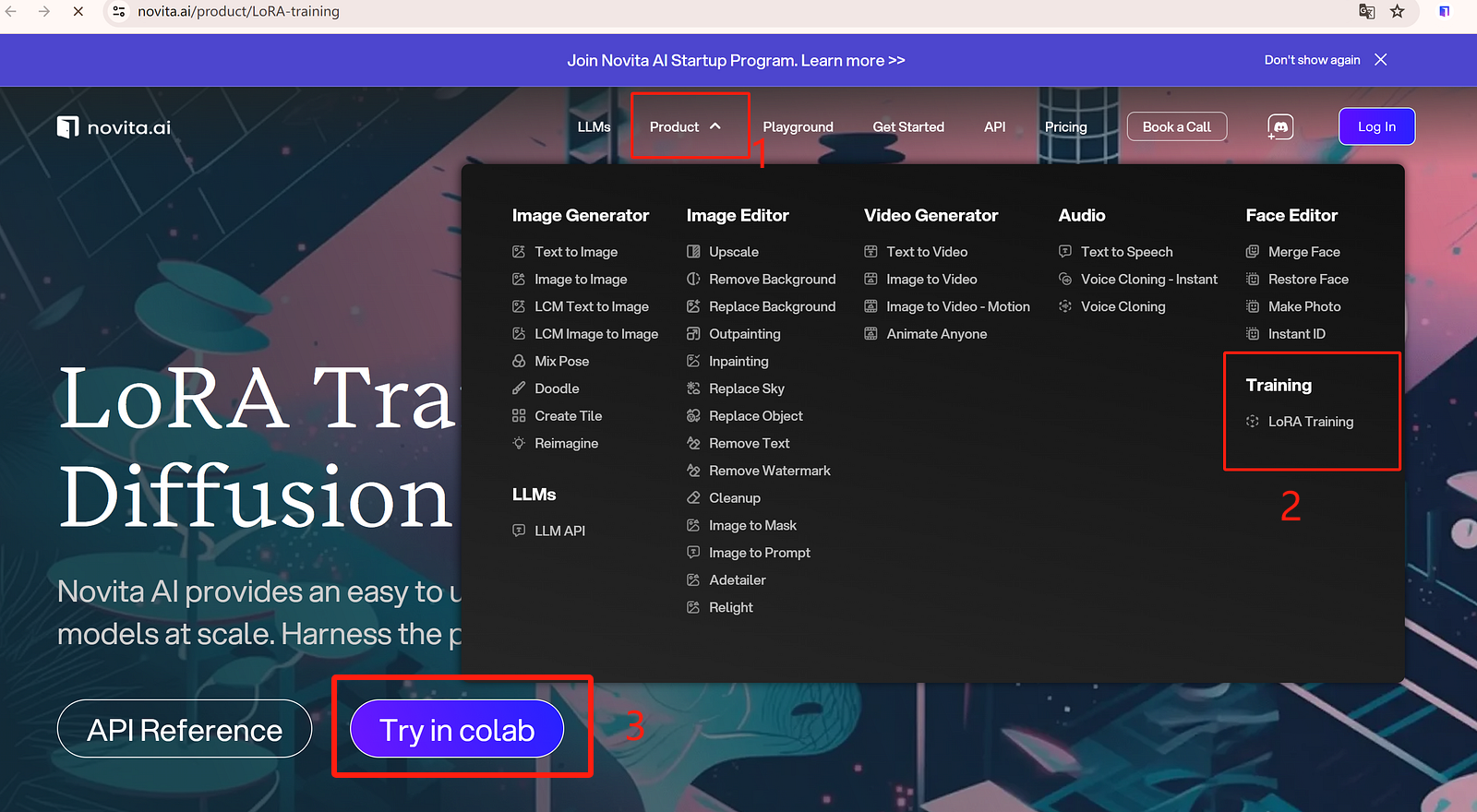
- Step 4: Enter the colab page and then start training your model.
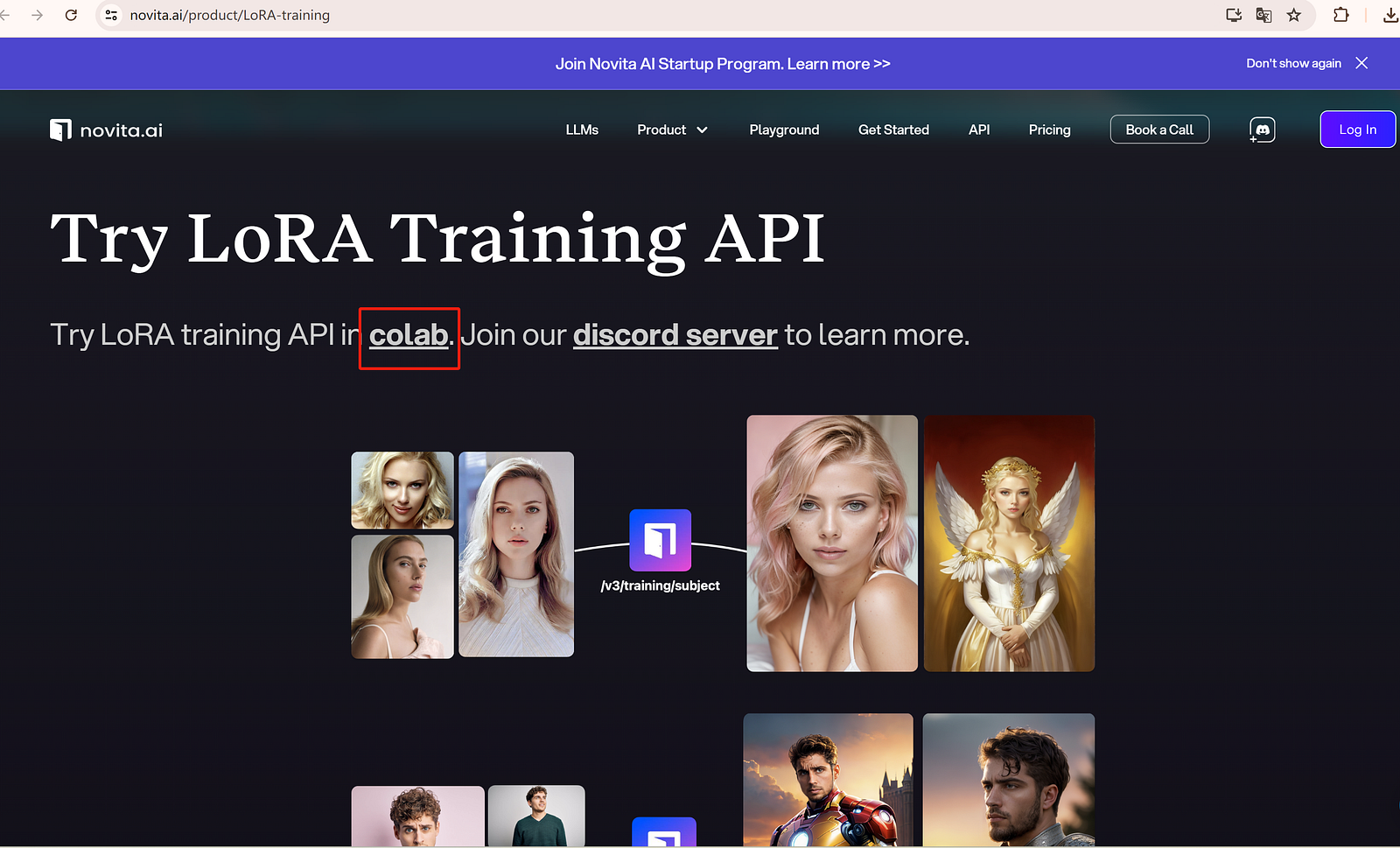
- Step 5: Set up the stable diffusion model checkpoint configuration.
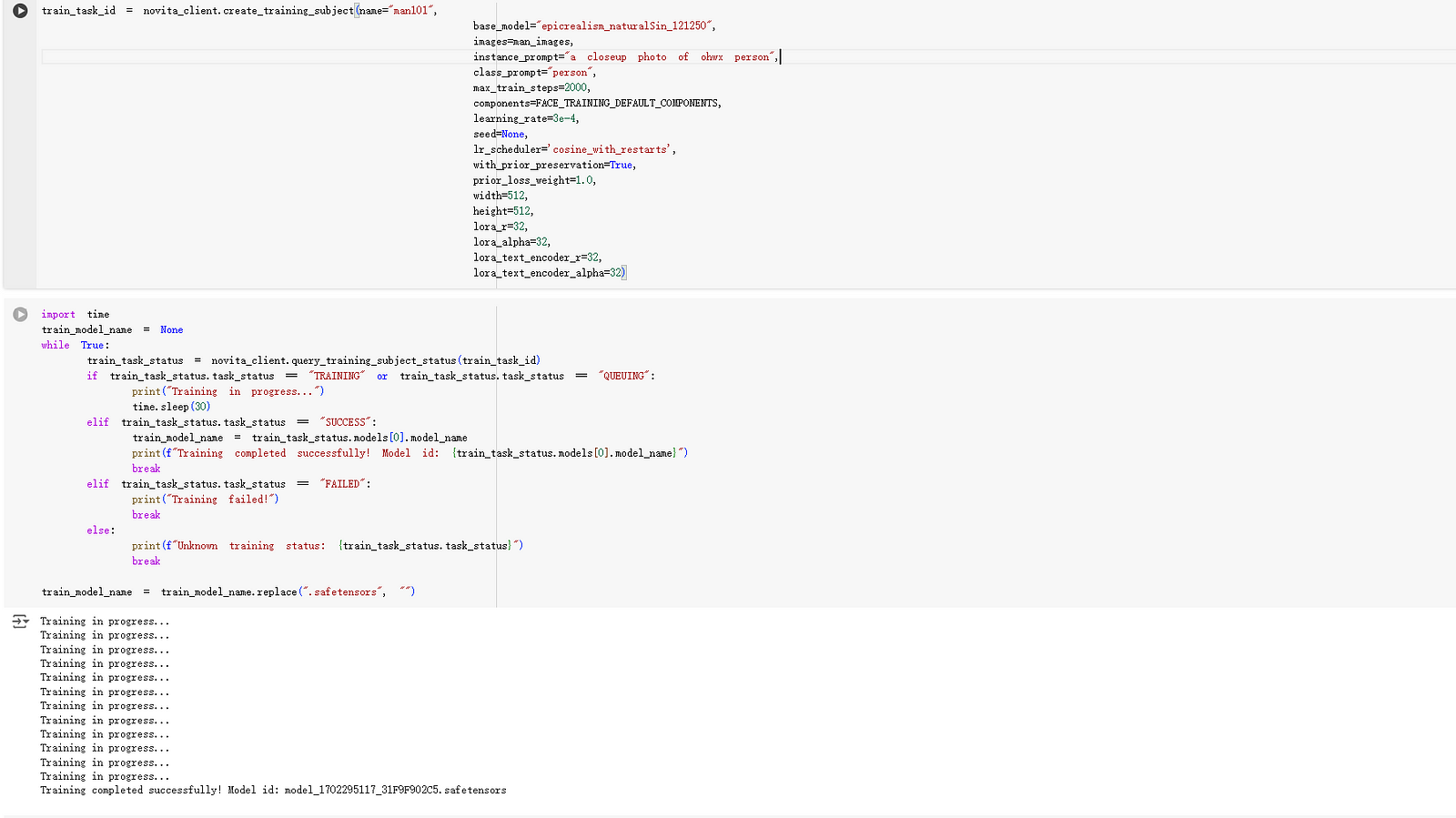
- Step 6: Test the parameters until you get the LoRA model you want.

- Step 7: You can also upload your own LoRA models by Novita AI model upload.
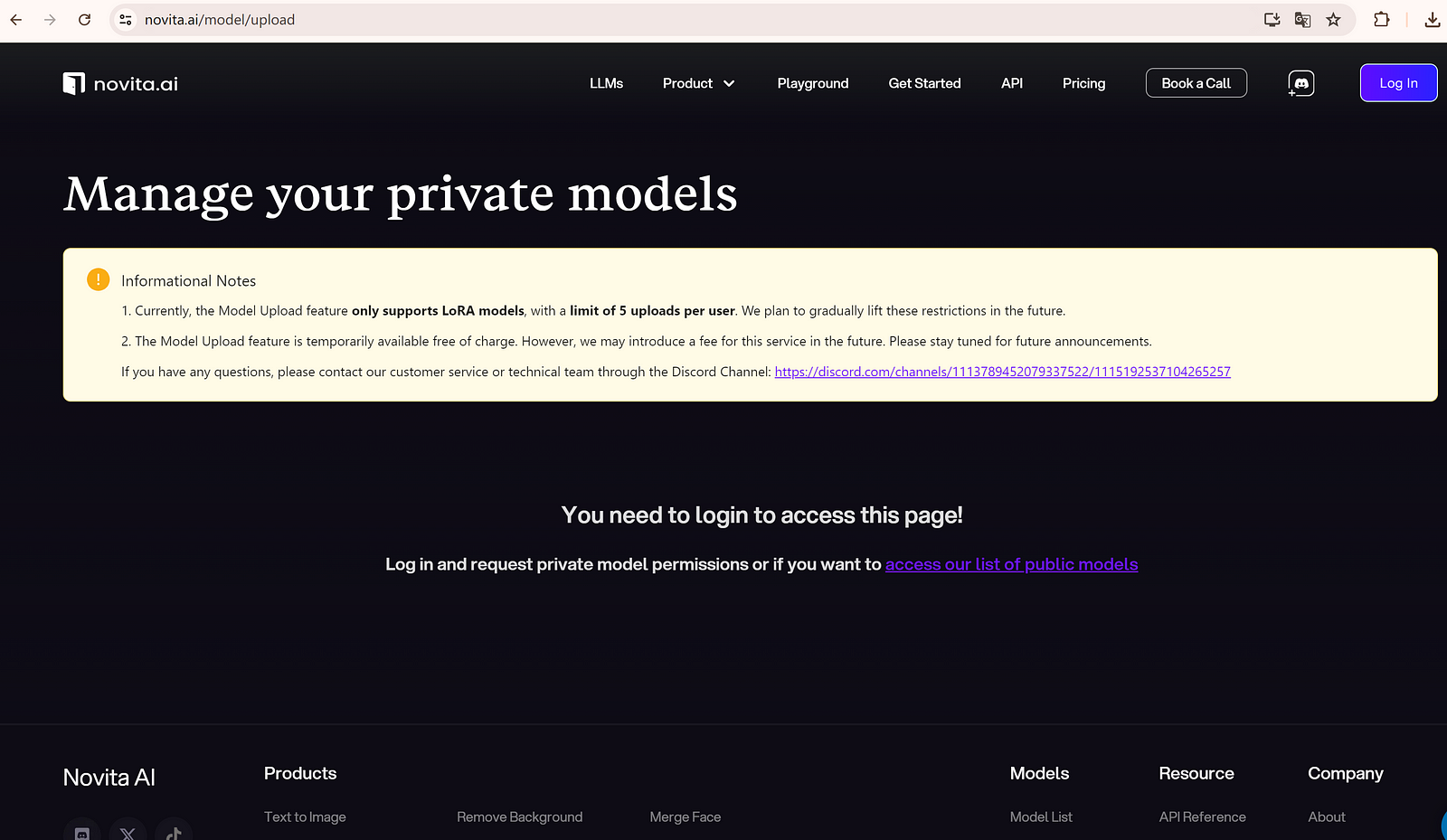
How to Use Stable Diffusion LoRA Models by Novita AI API
You can also explore Novita AI API reference to use stable diffusion LoRA models. Here is the step-by-step guide to help you.
Step-by-Step Guide to Use Stable Diffusion LoRA Models by Novita AI API
Step 1: Visit the Novita AI website and create an account.
Step 2: Navigate to “API” to find the “LoRA training” under the “training” tab.
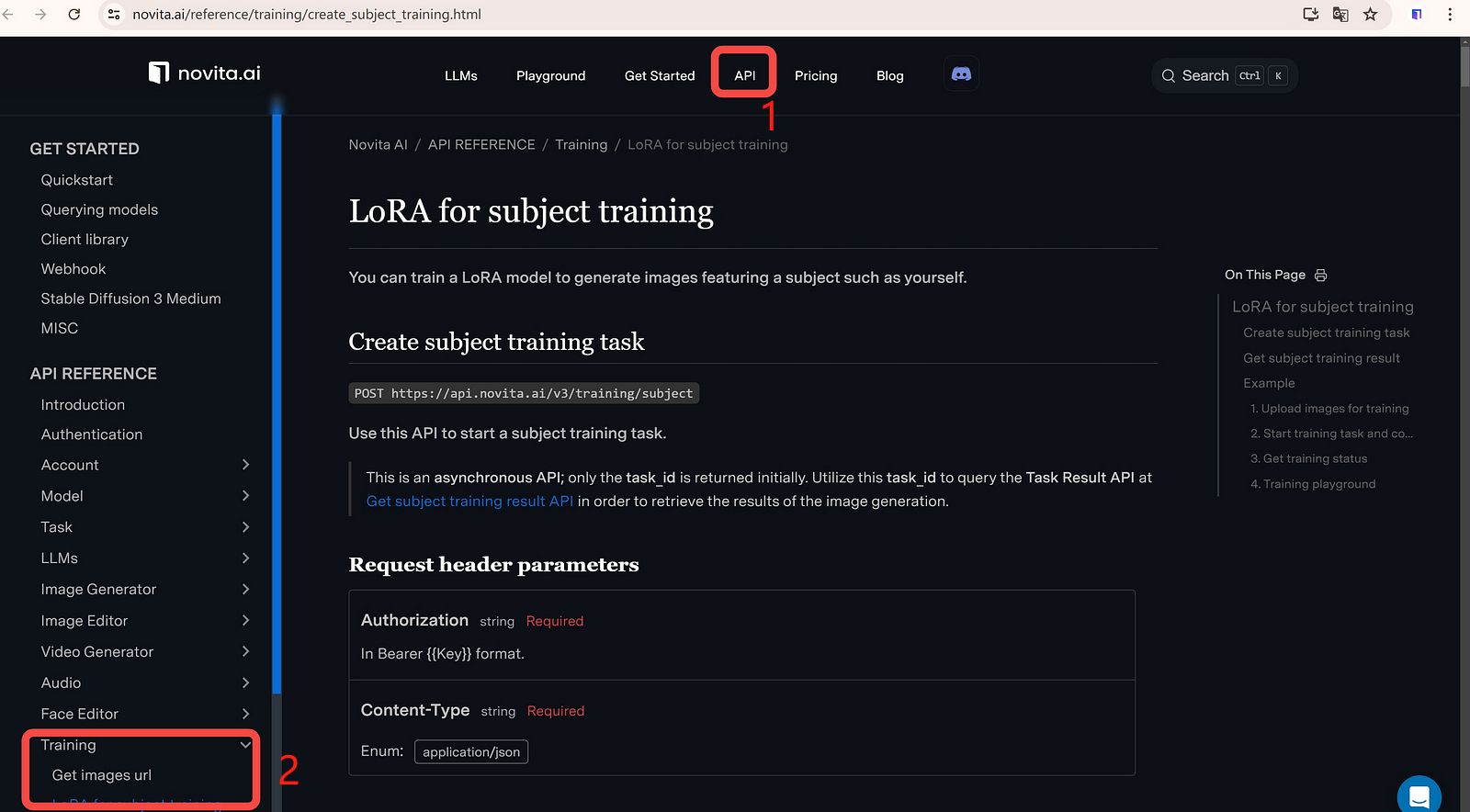
Step 3: Obtain the API key and integrate it into your existing project backend. Or you can use it to make the API request under the development environment you have already set up.
Step 4: Set up the development environment and adjust parameters including task name, base model, width, height, and others.
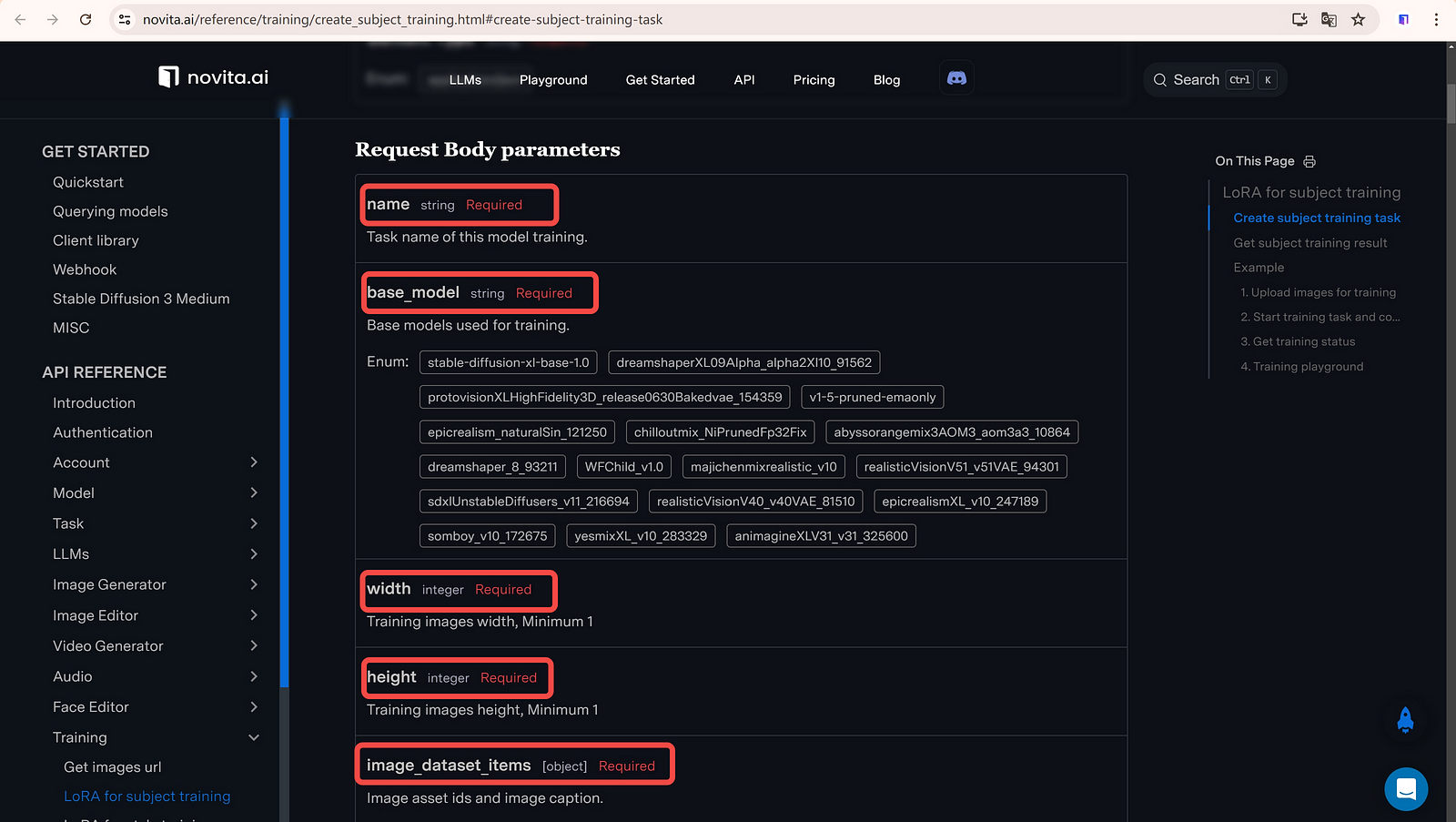
Step 5: Test the system thoroughly and get responses to make improvements.
Step 6: Before operating your tool, have everything fully checked.
Sample Request
```javascript
curl - location 'https://api.novita.ai/v3/training/subject' \
- header 'Accept: application/json' \
- header 'Authorization: Bearer {{key}}' \
- header 'Content-Type: application/json' \
- data '{
"name": "test_1208_01",
"base_model": "v1–5-pruned-emaonly",
"width": 512,
"height": 512,
"image_dataset_items": [
{
"assets_id": 26,
"caption": ""
}
],
"expert_setting": {
"train_batch_size": 2,
"learning_rate": 0.0001,
"max_train_steps": 1,
"seed": 2023,
"lr_scheduler": "constant",
"lr_warmup_steps": null,
"instance_prompt": "Xstyle, of a young woman, profile shot, from side,sitting, looking at viewer, smiling, head tilt, eyes open,long black hair, glowing skin,light smile,cinematic lighting,dark environment",
"class_prompt": "person",
"with_prior_preservation": true,
"prior_loss_weight": null,
"train_text_encoder": false,
"lora_r": null,
"lora_alpha": null,
"lora_text_encoder_r": null,
"lora_text_encoder_alpha": null
},
"components": [
{
"name": "face_crop_region",
"args": [
{
"name": "ratio",
"value": "1.0"
}
]
},
{
"name": "resize",
"args": [
{
"name": "width",
"value": "512"
},
{
"name": "height",
"value": "512"
}
]
},
{
"name": "face_restore",
"args": [
{
"name": "method",
"value": "gfpgan_1.4"
},
{
"name": "upscale",
"value": "1.0"
}
]
}
]
}'
Tips for Optimizing Stable Diffusion LoRA
To get the best out of LoRA models and boost how well they create AI artwork, here are a few tips to keep in mind:
With training data, it’s all about variety. Make sure the data you use to train your LoRA model covers a broad spectrum of images that match what you’re aiming for. This way, your model is more likely to produce precise artwork.
Choosing the right base model matters too. Your choice affects how well your LoRA model works and its final art quality. Test various standard models until you find one that fits perfectly with what you want.
Changing how things are done during training or adjusting certain settings can make a big difference in the performance levels of LoRA models. It pays off to experiment with these methods over time for continuous improvement.
Overcoming Challenges in LoRA Implementation
Working with LoRA models isn’t always smooth sailing. Here’s a look at some hurdles you might face and how to get past them:
Common Issues and How to Solve Them
LoRA implementations may face interference, network congestion, or limited signal range. To improve performance, optimize antenna placement, use repeaters for extended coverage, and adjust data rate settings.
Ensuring Stability and Efficiency in Long-Term Use
To maintain the stability and efficiency of LoRA models long-term, regular maintenance and monitoring are essential. Standard checkpoint models and quality checks prevent performance decline. Monitoring data quality, adapting to changing needs, and adjusting parameters lead to consistent performance efficiency over time.
Future Trends in LoRA Development
The development of LoRA models continues to progress, with upcoming trends indicating a growing library of models. API platforms like Novita AI are expected to be key sources for a diverse range of models. The future of LoRA model development appears promising.
Upcoming Features in Stable Diffusion LoRa Models
Plans for LoRA models to collaborate with other technologies like TensorFlow and PyTorch, enhancing project outcomes.
Simplified user interfaces for easier setup and utilization of LoRA models.
More demos and tutorials are anticipated to showcase the capabilities of LoRA models and provide guidance for various projects.
Stable Diffusion LoRA Models in Future Applications
When making video games, developers can use LoRA models to come up with characters, objects, and settings that have certain looks or features.
For advertising and marketing folks, LoRA models are great for creating ads or promotional content that speaks to what audiences want.
In e-commerce, using these models allows platforms to generate high-quality pictures of products.
Conclusion
Becoming proficient in Stable Diffusion LoRA involves mastering the technology and strategizing for optimal performance. For those looking to modernize their setups or integrate AI capabilities, embracing innovation is key. Embracing LoRA’s potential can revolutionize connectivity and image production.
Frequently Asked Questions
How to Write a Better Stable Diffusion Prompt?
You need to use detailed prompts like image quality 8k, scenario, light, gender, clothes, and pose. Add negative prompts you don’t want, like distortion of bodies, red color, and blood.
Can LoRa be Used in Conjunction with Other AI Tools?
LoRA models can work together with other AI tools and frameworks. By bringing LoRA models into the mix with machine learning platforms like TensorFlow and PyTorch, users get to merge the best parts of different AI technologies.
How to find trigger words?
You will need to include a trigger keyword to use the LoRA model. You can find the trigger keyword on the model’s page.
Can Stable Diffusion be used commercially?
Yes, you own the copyright to all images you create.
Originally published at Novita AI
Novita AI is the all-in-one cloud platform that empowers your AI ambitions. With seamlessly integrated APIs, serverless computing, and GPU acceleration, we provide the cost-effective tools you need to rapidly build and scale your AI-driven business. Eliminate infrastructure headaches and get started for free — Novita AI makes your AI dreams a reality.

